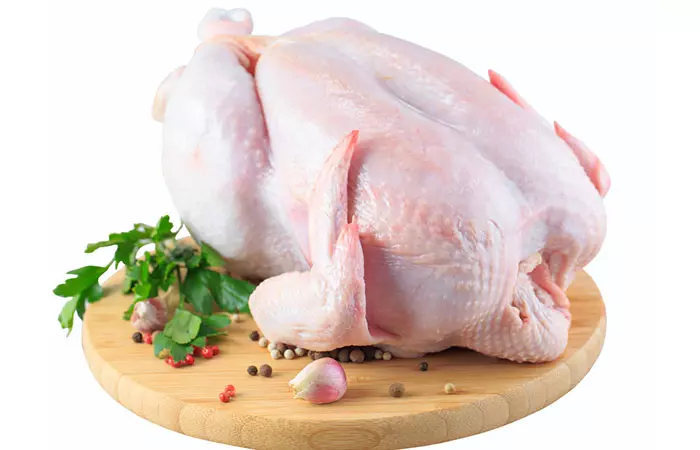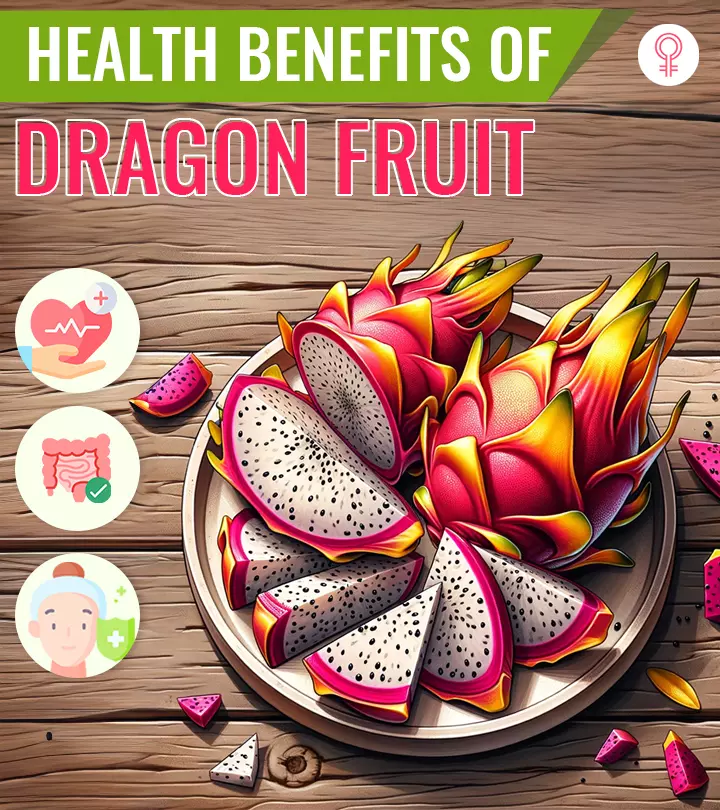How To Check If Your Food Is Good To Eat
Discover simple tips to ensure your meals stay fresh, safe, and delicious every time.

Image: Shutterstock
We all make countless choices about what we eat every day, and one of the fundamental questions that lingers is, “Is this food safe to eat?” Food safety holds extreme importance i our health and well-being, and being able to determine whether the food on our plate is good to eat is a vital skill. In this article, we will walk you through a range of practical methods and tips to help you assess the edibility of your food. From checking expiration dates to recognizing signs of spoilage, we have got it all covered. Whether you’re a novice in the kitchen or a seasoned chef, join us as we uncover the secrets to confidently discerning whether your food is fit for consumption, ensuring that every meal is not only delicious but also safe. Read on!
In This Article
1. Eggs
To determine the freshness of an egg, you can perform the egg-float test. Simply place an egg in a glass of water and observe the following results:
- If the egg sinks to the bottom, it is fresh and perfect for soft-boiling, poaching, or making soufflés.
- If the egg is submerged but its wider end is pointing upward, it indicates that the egg is older but still suitable for various culinary uses, especially hard-boiling. In this case, ensure the egg is fully cooked.
- If the egg floats, it is not safe for consumption and should be discarded.
2. Poultry
To determine the edibility of raw poultry, consider the following methods:
Visual Inspection
- Avoid consuming poultry if you notice a greenish hue beneath the wings, any signs of bruising, or visible blood clots on the surface.
- Ensure that the meat appears white or light pink in color as this indicates its freshness and suitability for consumption.
Assessing Texture And Touch
- Fresh meat should exhibit firmness, with clearly visible muscle fibers.
- When you touch fresh meat, it should not feel slimy, and your fingers should remain dry.
Using the Cutting Method
- If the meat is not fresh, you might notice yellowing of the fat.
- Fresh meat, when cut, should not appear translucent or release excess water.
3. Red Meat
- Fresh red meat should have a vibrant, bright red color. Vacuum-packed meat may exhibit a slight brownish hue, which is still safe for consumption.
- When slicing red meat, the pieces should not separate easily.
4. Honey
To determine the quality of honey, try the starch test:
- If the starch is absorbed, it indicates that the honey has gone bad.
- On the other hand, if the starch settles on the honey’s surface, forming a white cap, the honey is still good to use.
5. Butter
In addition to checking for expiry dates, discoloration, and unusual odors or flavors, there’s another method to assess the edibility of your butter. If the butter stick appears intensely yellow rather than the typical hue of fresh butter, but the layer beneath remains paler, it indicates oxidation.
6. Vinegar
Vinegar has an indefinite shelf life. It doesn’t go bad due to its acidic nature, eliminating the need for refrigeration. However, improper storage can lead to changes in flavor, although these changes are typically harmless.
- Watch for alterations in the vinegar’s color as a potential sign of change.
- If you notice floating particles of sediment in the vinegar, its quality may have deteriorated. You can remedy this by filtering the cloudy vinegar to eliminate the sediments.
7. Fish
To determine the freshness of fish, employ the following examination techniques:
Visual Inspection
- Fresh fish boasts a vibrant metallic skin, devoid of any discolored or lackluster areas.
- Observe the fish’s gills; they should appear moist, steering clear of any signs of fading or browning.
- Be cautious if you notice liquid around the gills.
- Assess the clarity and slight bulging of the fish’s eyes. Fish with dull eyes should be avoided.
Using Sense Of Touch
- When you touch the fish, it should bounce back, and any fingerprint impression should vanish quickly.
- Examine the fish’s scales by running your finger on them. If they remain firmly connected and don’t easily come off, it indicates freshness.
Ensuring the safety and quality of the food you consume is of paramount importance for your health and well-being. By following a combination of visual, tactile, and olfactory cues, you can make informed judgments about the edibility of our food. From examining color, texture, and odor to being mindful of any unusual signs, you can identify potential spoilage or freshness. While these methods are effective, it is crucial to remember that when in doubt, it is always safer to discard questionable food items rather than risk foodborne illness. Regularly checking and properly storing our food can help you minimize waste and enjoy safe, delicious meals while maintaining your health.
Read full bio of Indrani Karmakar
































Community Experiences
Join the conversation and become a part of our empowering community! Share your stories, experiences, and insights to connect with other beauty, lifestyle, and health enthusiasts.